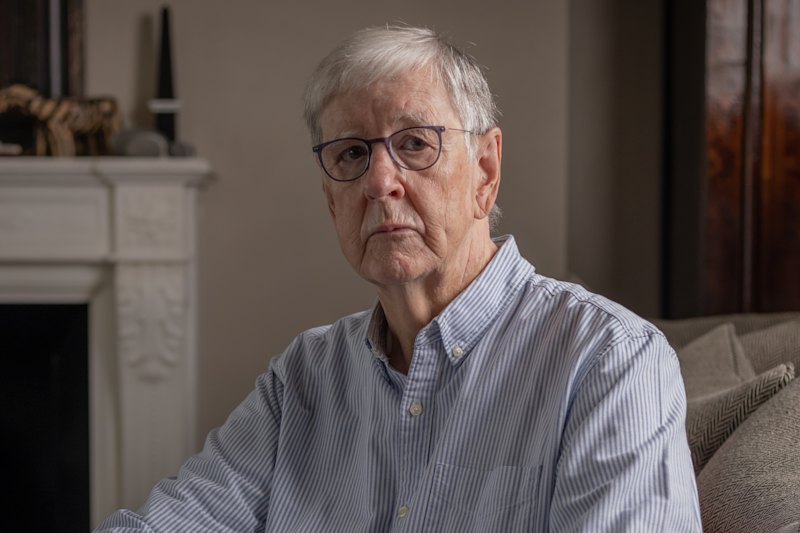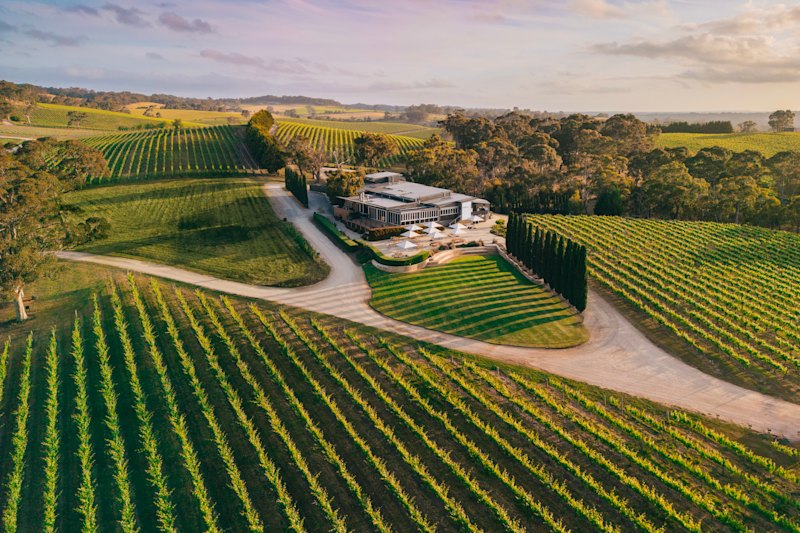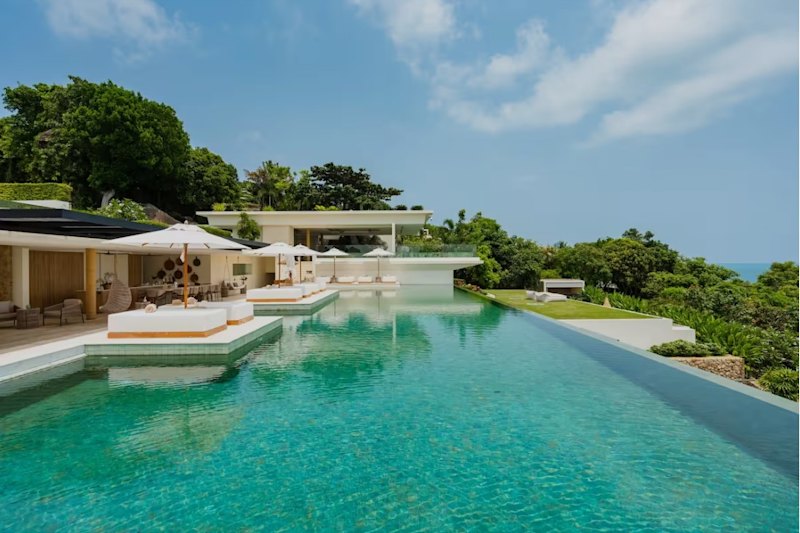Why are so many houses sitting empty in Japan?
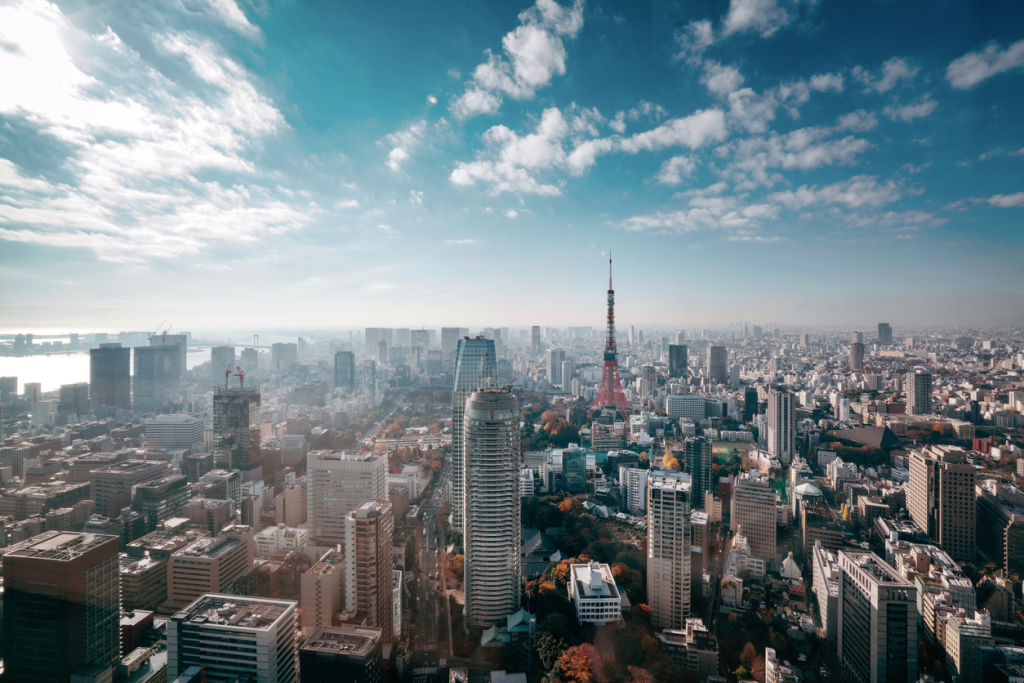
More than one in 10 houses in Japan don’t have anyone living in them, according to a recent survey released by the country’s central government.
That means 8.46 million homes are sitting completely vacant right now, up 260,000 from the previous survey just five years ago.
These empty houses are either intended for rental or sale in the future, or they’ve simply been abandoned with no plans for use. According to the survey, the abandoned homes number 3.47 million, or 13.6 per cent of the nation’s total houses. That number is up 9.7 per cent since 2013.
Interestingly, the survey counts holiday homes as vacant housing, which explains why popular tourist destinations have such high rates of vacancy. For instance, the Yamanashi Prefecture, which includes the north of Mount Fuji, sits at 21.3 per cent vacant, while the Nagano Prefecture, which was the site of the 1998 Winter Olympics, sits at 19.5 per cent vacant.
One bizarre consequence of this situation is the discovery of massive caches of money hidden deep within abandoned houses set for demolition. Almost $284,000 was found in the bowels of one house in Tokyo.
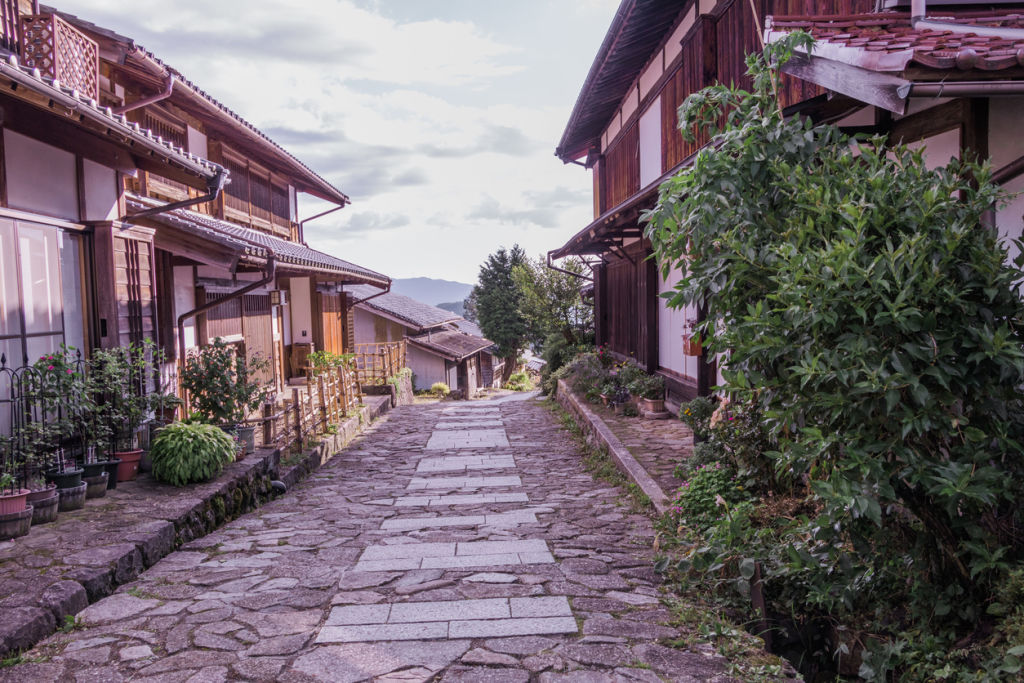
“It’s probably partly because more elderly people are living on their own,” Hideto Kone told Nikkei Asia. Kone is deputy director of a national accreditation body for specialists in cleaning out the belongings of the deceased.
He also said the money was “likely secret savings that the families didn’t even know about”.
If no one claims the money, and its original owners can’t be located, it is handed over to local government. According to Nikkei Asia, over ¥560 million ($7.1 million) made its way to the Tokyo metropolitan government this way in 2018.
But the abandoned houses aren’t just harmless treasure troves. They present a persistent logistical nightmare for local government.
“Area residents ask us to do something because empty houses are a hazard, but it’s costly and time-consuming,” the head of a Hokkaido municipality told Nikkei Asia.
There are several factors contributing to the proliferation of these “ghost houses”, but one of the biggest is Japan’s recent housing boom. According to the survey, about 950,000 new residences began construction in 2018, up 0.7 per cent from 2017.
This becomes a particularly tricky problem when combined with the massive decline in the country’s population. According to government figures, only 921,000 babies were born in Japan in 2018, down 25,000 from the previous year. This also marks the third year running that the figure has been below one million.
Meanwhile, the number of deaths in 2018 was 1.37 million, making the total natural population decline 448,000 for the year. As these figures suggest, Japan’s population is ageing at a rapid pace.
President Shinzo Abe has announced strategies to address these issues, including an expansion of federal support for child care and education. The government has also approved a suite of policies that make it easier for blue-collar workers to obtain and retain working visas in the country.
Another highly publicised solution has seen local governments in Japan giving away homes for free or incredibly low prices. One local government even turned the land under a recently demolished house into a public park.
We recommend
We thought you might like
States
Capital Cities
Capital Cities - Rentals
Popular Areas
Allhomes
More



